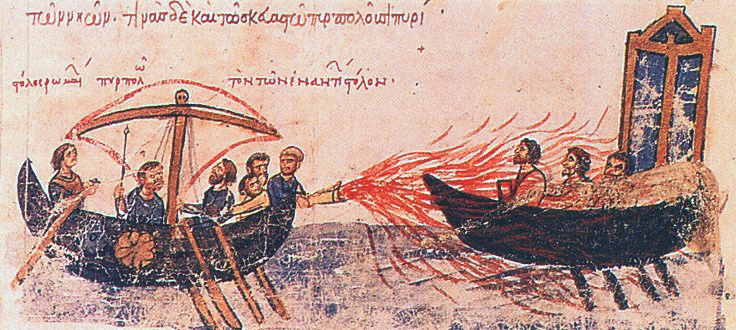In 334 AD, the city was invaded by Roman Emperor Constantine the Great, an act that was to shape the city’s destiny for the next 1000 years. Constantine crossed the Bosphorus to Chyrsopolis, now Üsküdar. He gained control of the city and declared it Nova Roma, or New Rome, the second capital of the Roman Empire. The city was converted to Christianity (Rome was still pagan) and became the most important capital in the world.
 When the city was inaugurated in 330, Istanbul was named Constantinople and, like Rome, Istanbul was built on seven hills. The surrounding domain was known as the Byzantine Empire. Many of the embellishments brought by Constantine from the far reaches of the Roman Empire can still be seen today, such as the Egyptian Obelisk on the Hippodrome.
When the city was inaugurated in 330, Istanbul was named Constantinople and, like Rome, Istanbul was built on seven hills. The surrounding domain was known as the Byzantine Empire. Many of the embellishments brought by Constantine from the far reaches of the Roman Empire can still be seen today, such as the Egyptian Obelisk on the Hippodrome.
Subsequent rulers added sections of city walls, as well as vast aqueducts and new defenses. Attacks from outside were frequent, and occasionally from the inside as well. Much of the city was burned down in 532 during the Nike revolt and it was after this great fire that Emperor Justinian had to rebuild the spectacular church, the Hagia Sophia.
Constantinople flourished as a centre for the arts and culture as well as political power until the 8th century when, under Emperor Leo III, a puritanical movement known as iconoclasm evolved. All religious images, including elaborate mosaics and brilliantly colored frescoes, were smashed and plastered over, while nuns and monks were prosecuted. Fortunately, this radical movement came to an end in 787.
The Cruel Crusader
Enrico Dandolo was the Dodge of Venice and one of the commanders of the fourth crusade, responsible for the occupation of Constantinople in 1204. This was a grim period of the city’s history, when thousands of Orthodox Christians were brutally murdered by the Catholic crusaders.
Before Dandolo died in 1205, he had insisted on being buried in the Hagia Sophia. When the Byzantine emperor recaptured the city in 1261, however, the legend has it that his bones were exhumed and tossed to the dogs.
The first Turks arrived on the scene in the 11th century, coming as nomads from the steppes of central Asia. Under an army general called Seljuk Alpaslan, the Turks defeated a Byzantine army and began a steady invasion of Anatolia. They were kept for another 370 years by a series of crusades designed to unite the Orthodox and Catholic Christians. But eventually, in 1204, the Crusaders turned on Constantinople, killing thousands of Orthodox Christians, plundering the city of its wealth and sending the Byzantine rulers fleeing to Iznik. In 1261, the Byzantines managed to recapture the city, but in its much weakened state, Constantinople was never the same again. The Ottomans were at the gate.
Comments on this entry are closed.